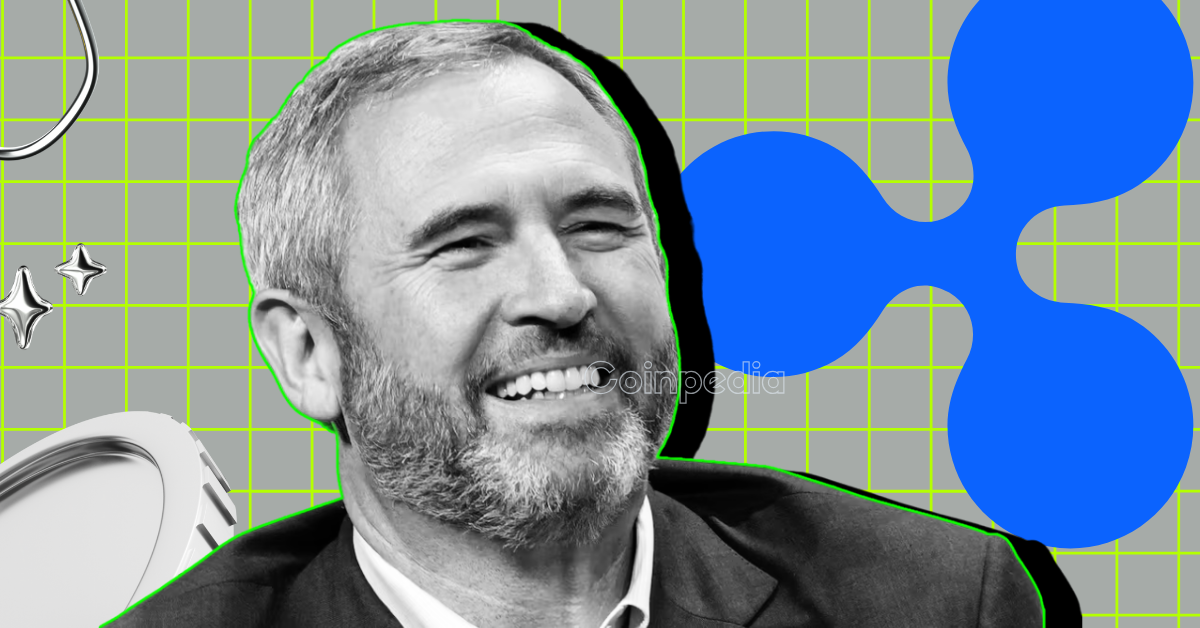The legal battle between Ripple Labs and the U.S. Securities and Exchange Commission (SEC) has been a defining chapter in the history of XRP, the digital asset developed by Ripple. For years, this high-stakes dispute has created uncertainty and volatility in XRP’s market value, casting a long shadow over its potential. However, as of July 2025, the legal saga appears to be drawing to a close, with Ripple CEO Brad Garlinghouse confirming the end of legal battles with the SEC. This resolution, coupled with evolving regulatory landscapes and increasing institutional interest, positions XRP for a potentially transformative period.
The SEC’s lawsuit against Ripple alleged that the company’s sale of XRP constituted an unregistered securities offering. This claim has been the subject of intense debate and legal maneuvering, with significant implications for the broader cryptocurrency industry. In June 2025, Ripple agreed to a major regulatory settlement, leading both parties to pause further legal appeals. This move effectively locks in a landmark ruling that secures XRP’s legal clarity. While specific details of the settlement remain confidential, the agreement signals a significant step forward for Ripple and XRP. The resolution of the SEC case provides much-needed clarity on XRP’s regulatory status, potentially opening the door for increased adoption and investment.
The End of the SEC Saga: What Does it Mean?
The apparent end of the SEC lawsuit is undoubtedly positive news for XRP, but the path to complete legal clarity is not without its complexities. Ripple has submitted a letter to the SEC, arguing when a token should lose its security label—a move that could further boost XRP price forecasts. However, disagreements may still arise regarding the interpretation and application of existing regulations to digital assets like XRP. A judge recently rejected a joint motion with the SEC, indicating that some legal uncertainties persist. Moreover, Ripple executives have emphasized that previous rulings, such as the one stating that XRP is not a security under federal law, remain valid. Despite these challenges, the overall trend points toward greater regulatory certainty for XRP.
Congress Steps In: The Future of Crypto Legislation
The U.S. Congress is taking a more proactive role in shaping the future of cryptocurrency regulation. A congressional hearing on crypto market structure is scheduled, with Ripple CEO Brad Garlinghouse set to testify alongside other industry leaders. This initiative is expected to influence future crypto legislation in the United States. The lack of clarity in the existing regulatory framework has been a major impediment to the growth and development of the crypto industry, and congressional action could provide much-needed guidance and structure. The outcome of these legislative efforts will significantly impact the regulatory landscape for XRP and other digital assets.
Institutional Adoption: Fueling the Next Wave of Growth
With legal uncertainties diminishing, institutional investors are beginning to show greater interest in XRP. The emergence of XRP-based exchange-traded funds (ETFs) and the increasing involvement of traditional financial institutions could drive significant demand for XRP. Increased institutional adoption would not only boost XRP’s price but also enhance its credibility and stability as a digital asset. The convergence of these factors suggests that XRP is poised for a significant price surge.
Technical Analysis: A Bullish Outlook
From a technical analysis perspective, XRP-USD is entering July 2025 with an explosive setup, hinting at a major move. XRP is currently trading at $2.20, about 35% above its previous levels, bolstered by the resolution of the SEC vs. Ripple lawsuit, record ETF inflows, and layered technical formations. The convergence of these factors suggests that XRP is poised for a significant price surge.
XRP’s Ecosystem: Expanding Use Cases and Partnerships
Beyond regulatory and market factors, the success of XRP depends on the growth and development of its underlying ecosystem. Ripple has been actively forging partnerships with financial institutions and payment providers to expand the use cases for XRP. These partnerships aim to leverage XRP’s speed, efficiency, and cost-effectiveness to facilitate cross-border payments and other financial transactions. The more widespread adoption of XRP in real-world applications, the greater its long-term value and sustainability will be.
Challenges and Opportunities: Navigating the Road Ahead
While the future looks promising for XRP, several challenges and opportunities remain. Ripple CEO Shows 1000% Support for XRP as Legal Case Ends, the shift from legal battles to ecosystem growth, exploration of how XRP could benefit. Competition from other digital assets, technological advancements, and evolving regulatory landscapes could all impact XRP’s trajectory. However, with its strong technology, established partnerships, and growing ecosystem, XRP is well-positioned to navigate these challenges and capitalize on emerging opportunities.
Conclusion
The future of XRP appears increasingly bright as it emerges from the shadow of the SEC lawsuit. With legal clarity on the horizon, growing institutional adoption, and a thriving ecosystem, XRP is poised for a new era of growth and development. While challenges remain, XRP’s strong foundations and innovative technology position it as a leading digital asset in the evolving financial landscape. As Ripple CEO Brad Garlinghouse confidently asserts, Ripple’s commitment to XRP has never been stronger, signaling a bold vision for the future of this transformative digital asset. The next few years will be crucial in shaping XRP’s destiny, and the world will be watching closely as it charts its course forward.

